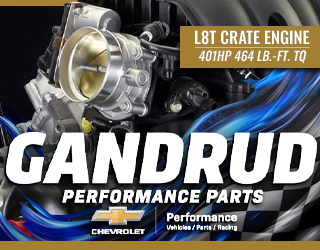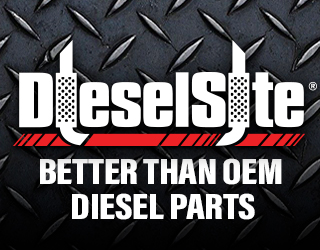Interior
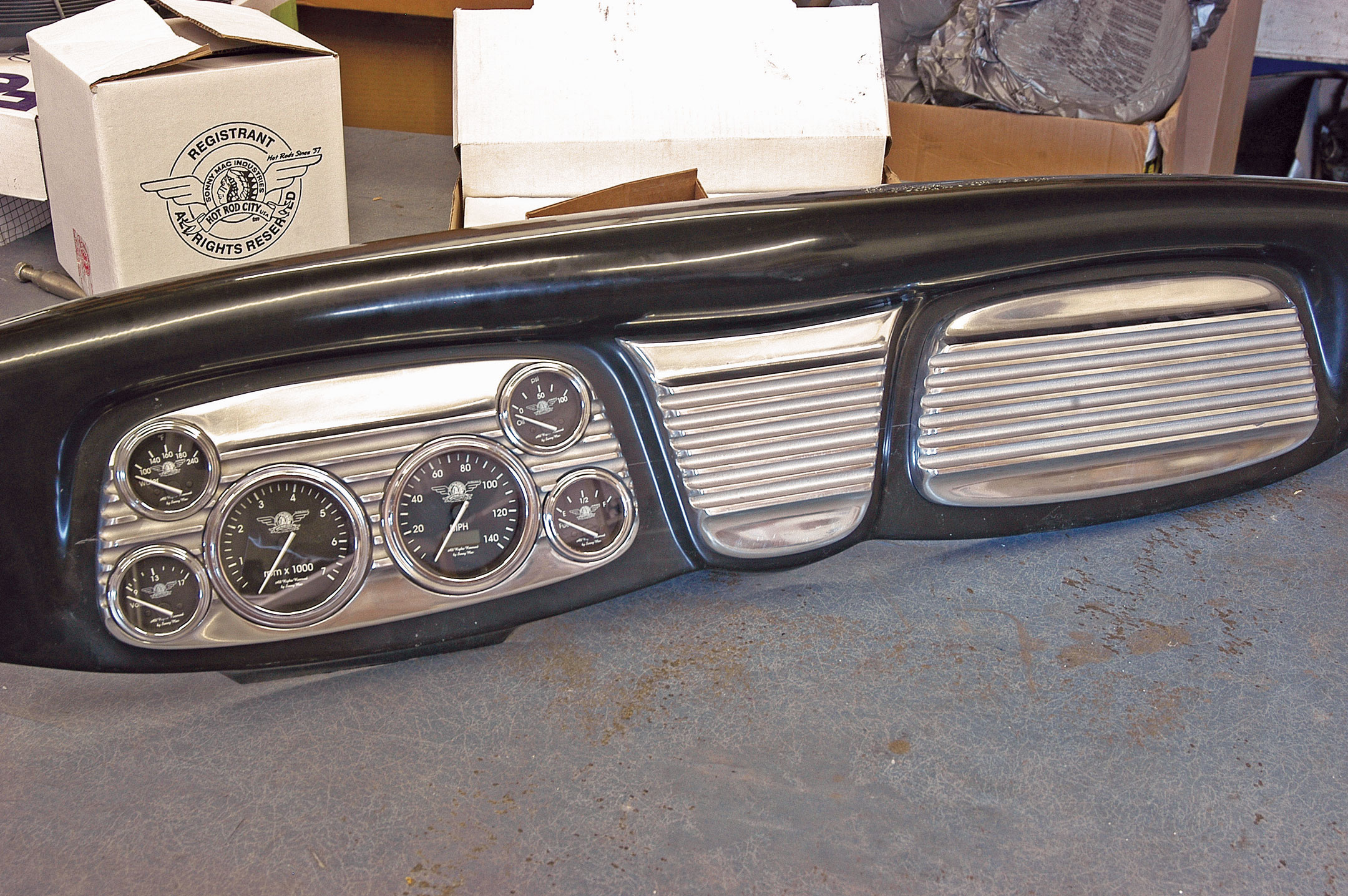
When building a street rod, unless you are building it to look like the day it rolled off the showroom floor, you find yourself constantly hiding whatever you can, wherever you can. One area that usually ends up hiding more items than was ever intended is the dashboard.
The dash is the one area that lives up to the old saying, “10 pounds of stuff in a 5-pound bag,” which generally carries with it a whole set of challenges and/or problems. When it comes to the ’33-’34 Ford, conditions are worse than normal, as there’s practically no space behind or under the dash. By the time you place your gauges and an A/C unit, there is little room left for much else, including a glovebox. When your needs are such that you require a certain amount of equipment behind the dash, most of the time the answer to your dilemma is a smooth dash.
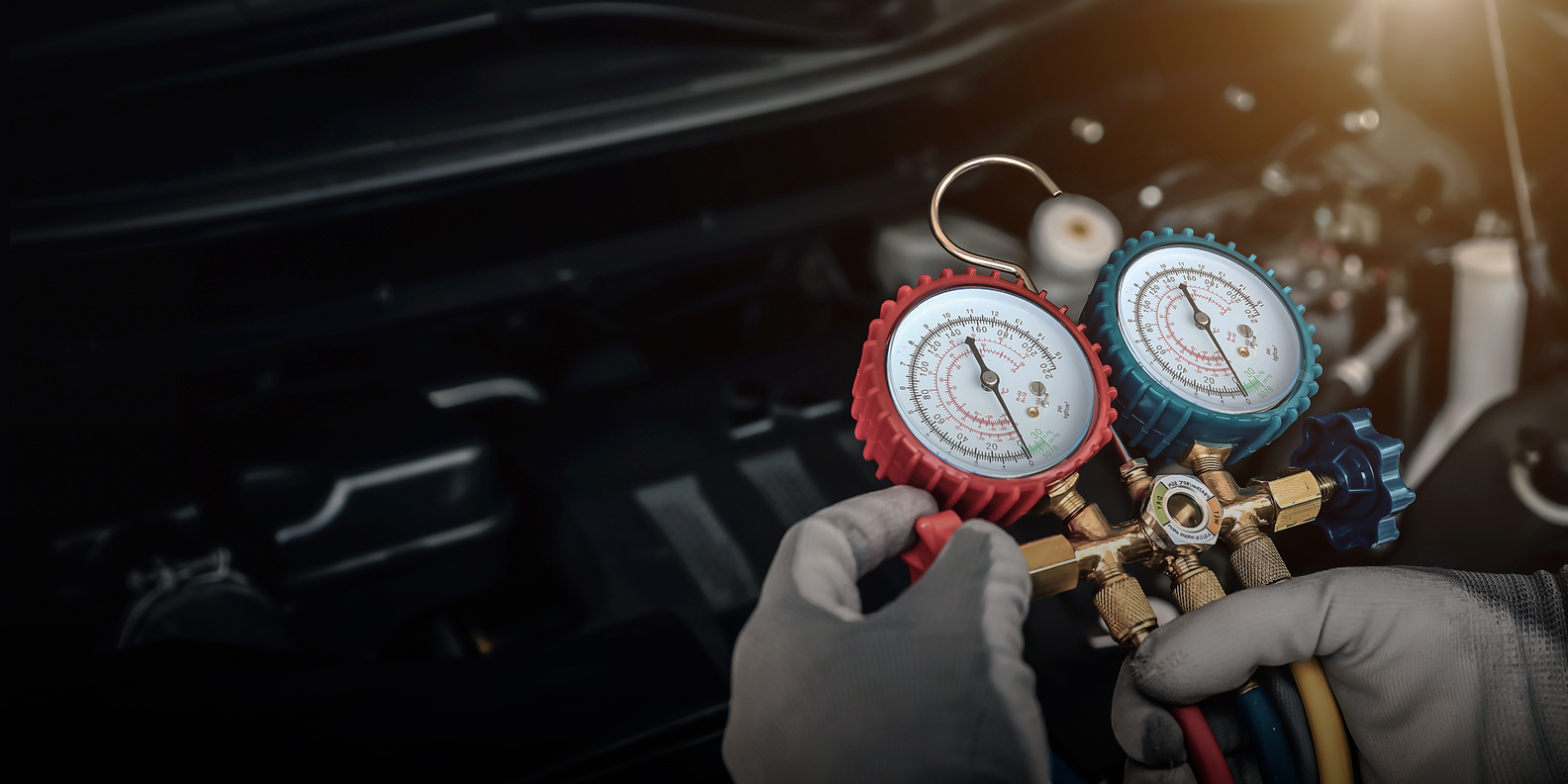
Typically, winter isn’t the time of year when we are thinking about a car’s air-conditioning system…or is it? It’s understandable that we would tend to think about “fixing” the A/C during the dog days of summer, July or August, but once the car is put up for the winter, those hot and humid days are often forgotten. And short of those comfortable windows-down driving months, when we first pull out the car again for the next season, it’s smart to think about giving the A/C system the attention it needs. So, we think this is a great time to present to you troubleshooting highlights so that you can rip into the car and upgrade the necessary areas before the cycle continues.
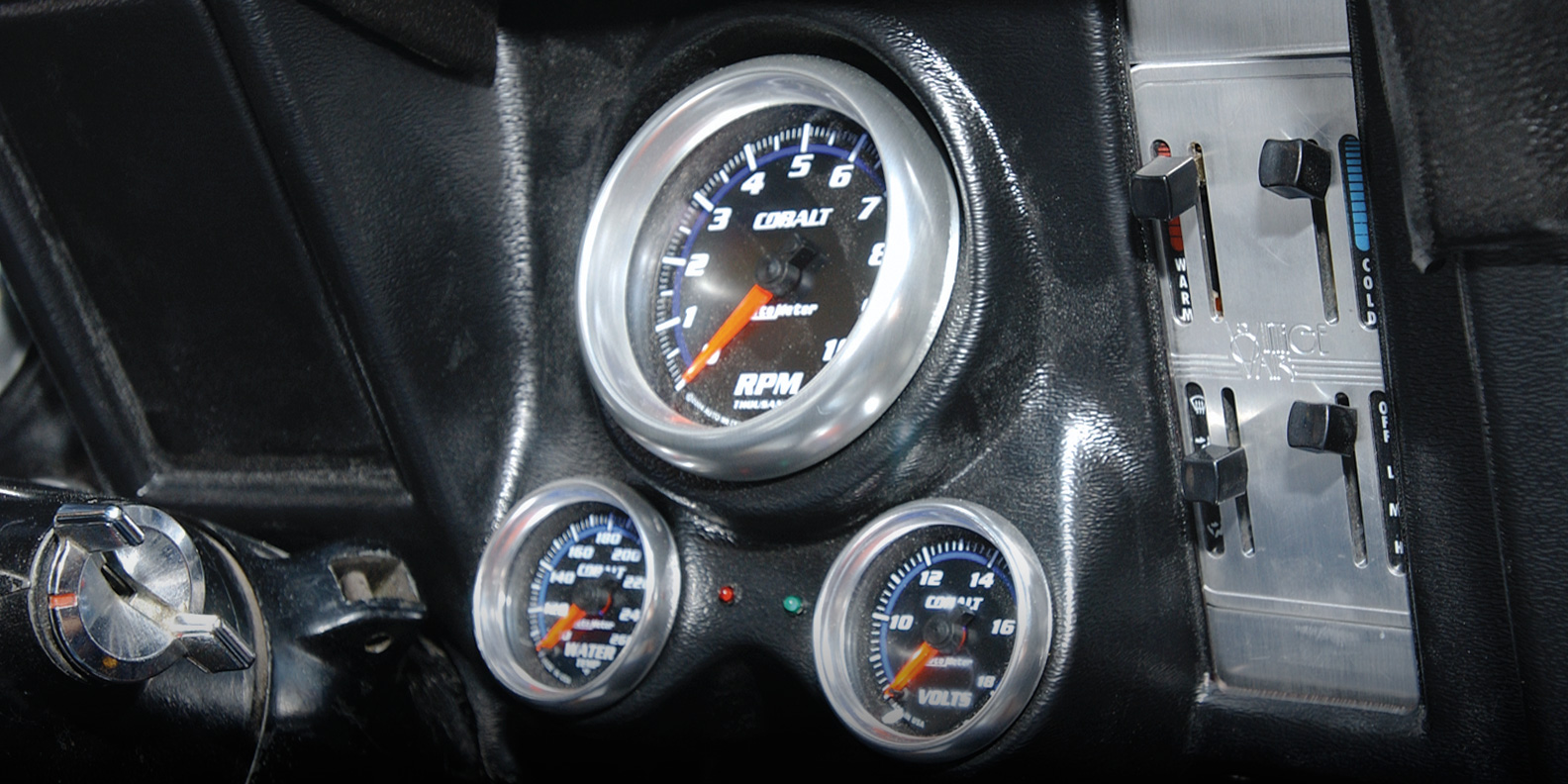
Back in ’69, the average Camaro came with an instrument panel that most people today would find pretty pointless. Aside from the speedometer and fuel gauge, there wasn’t much going on in the way of information. Most functions, such as oil pressure and engine temperature, were monitored by a series of dummy lights, which meant you were pretty far gone by the time they blinked. By then most of the damage had been done. We don’t know what the auto experts at the time were thinking of…maybe saving a nickel. In an effort to fix all that and to update the instrument panel so that it would provide information, H&H turned to Covan’s Classic and AutoMeter gauges. They have created an up-to-date yet nostalgic instrument panel containing all the customary gauges with a look that is right for this project.
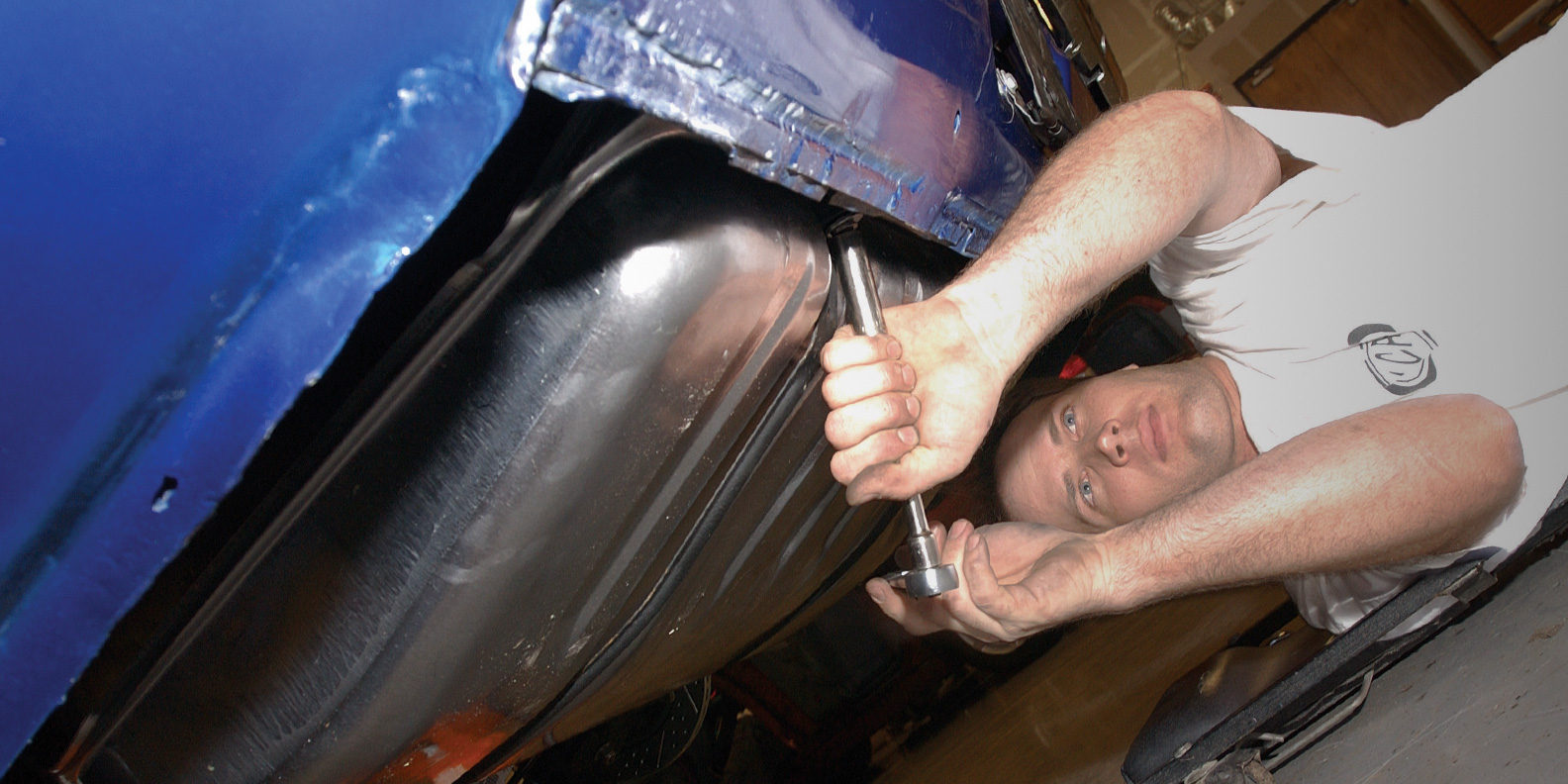
Tech presentation is something anyone can do to his or her existing Camaro, since it takes no special skill, yet the results are worthwhile. Those are the rewards of personalizing a cool Chevy, and it’s what drives us in the first place to tackle such jobs.
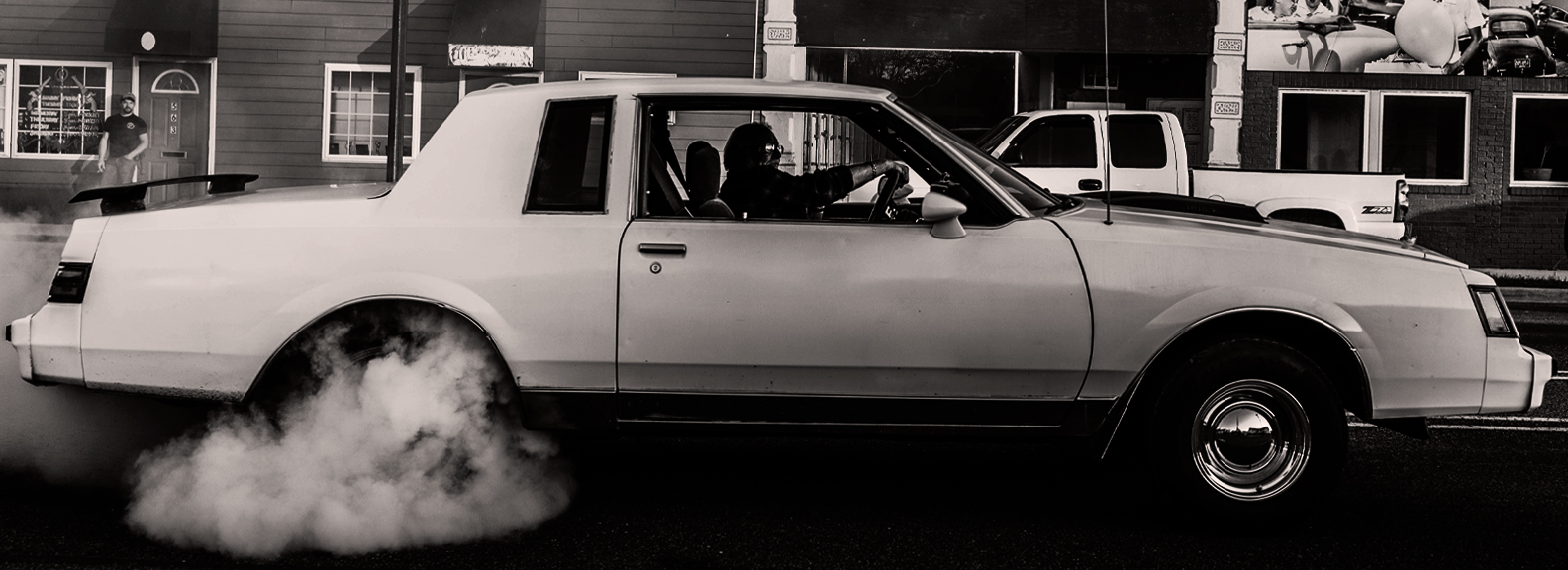
Have you ever noticed how some people can take their car to the strip and look as if they’ve raced all their lives, while others look totally out of control in the bleach box and during staging? More often than not, the driver with the calm, cool and collected approach seems to regularly trigger the win light. The reason for this smoothness isn’t completely initiated by the driver; in most instances, it is the correlation between man and machine.
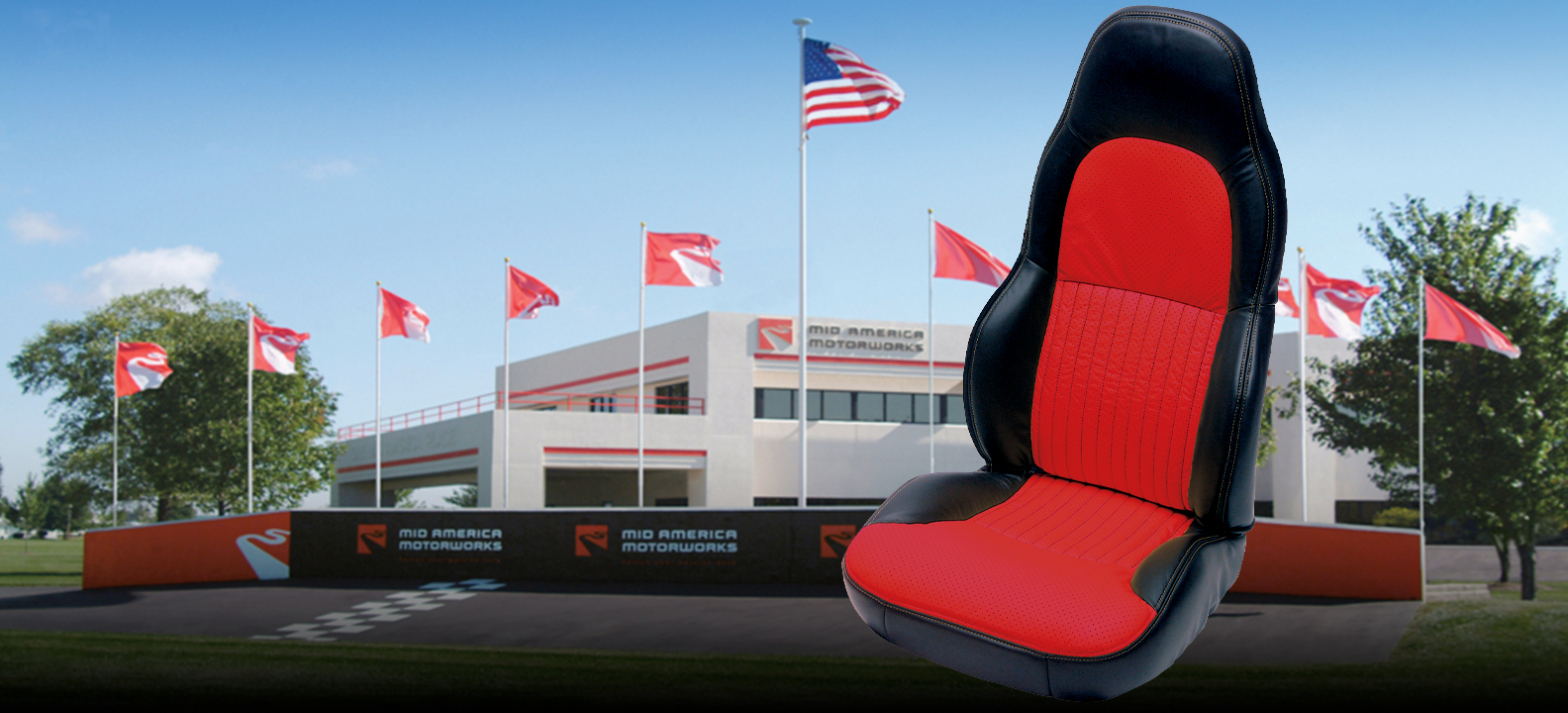
Replacing interior components is not usually that difficult, but interior repair–especially seat repair–requires skills, equipment and training which many enthusiasts may not have acquired. To find out what it takes to make a replacement seat, we went to the Performance Choice division of Mid America Motorworks in Effingham, Illinois.
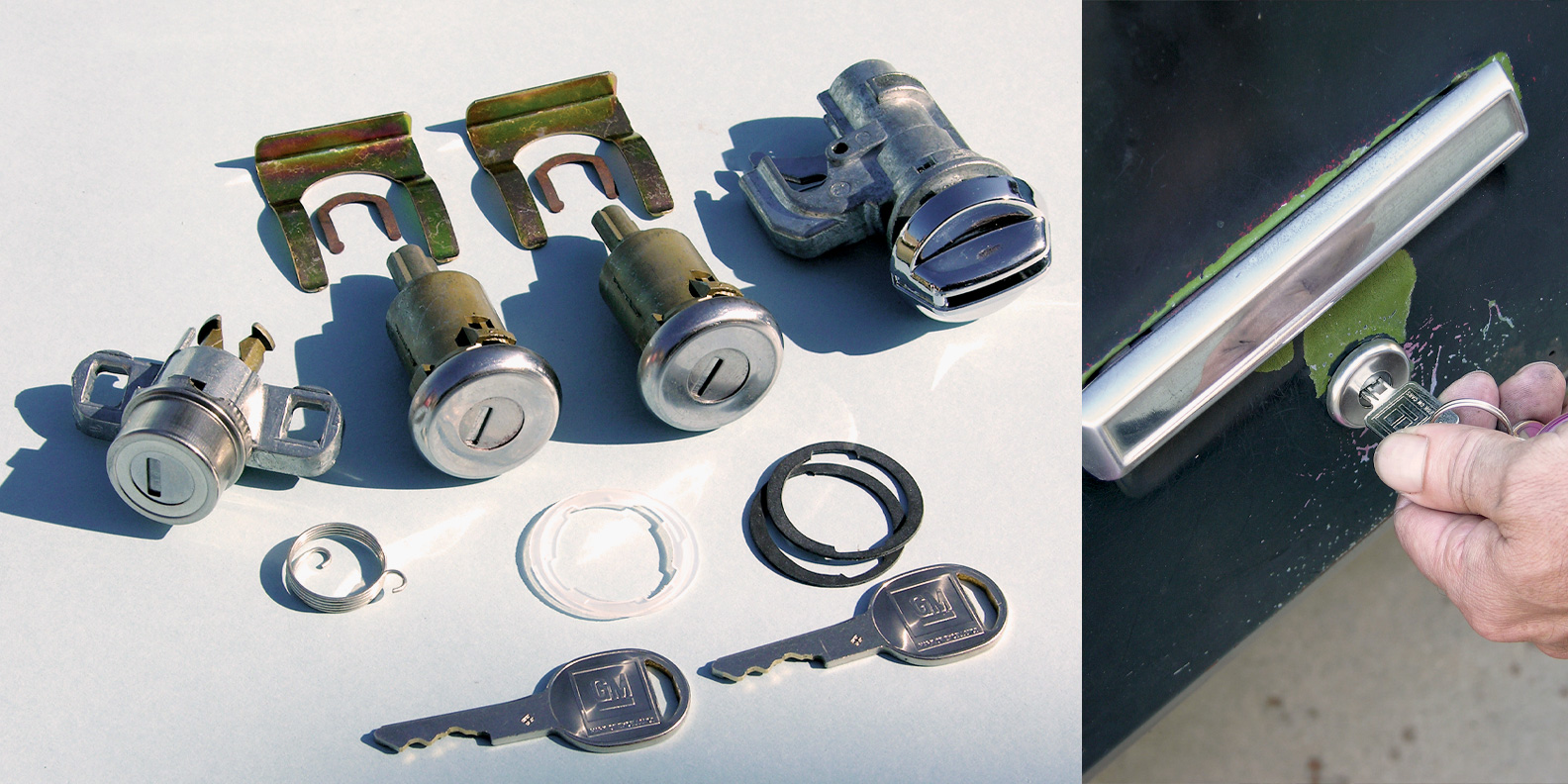
Now that the typical Chevy buildup cars (Novas, Camaros, El Caminos, Chevelles and so forth) are well over 30 years old, most have had several owners and lots of abuse. One important yet often overlooked area during a car’s lifetime is its locks, and by now, most early Chevys have mismatched or missing keys. Some don’t even have any keys or locks when you buy them. If you do find a car that still has its original keys, it is very unusual.
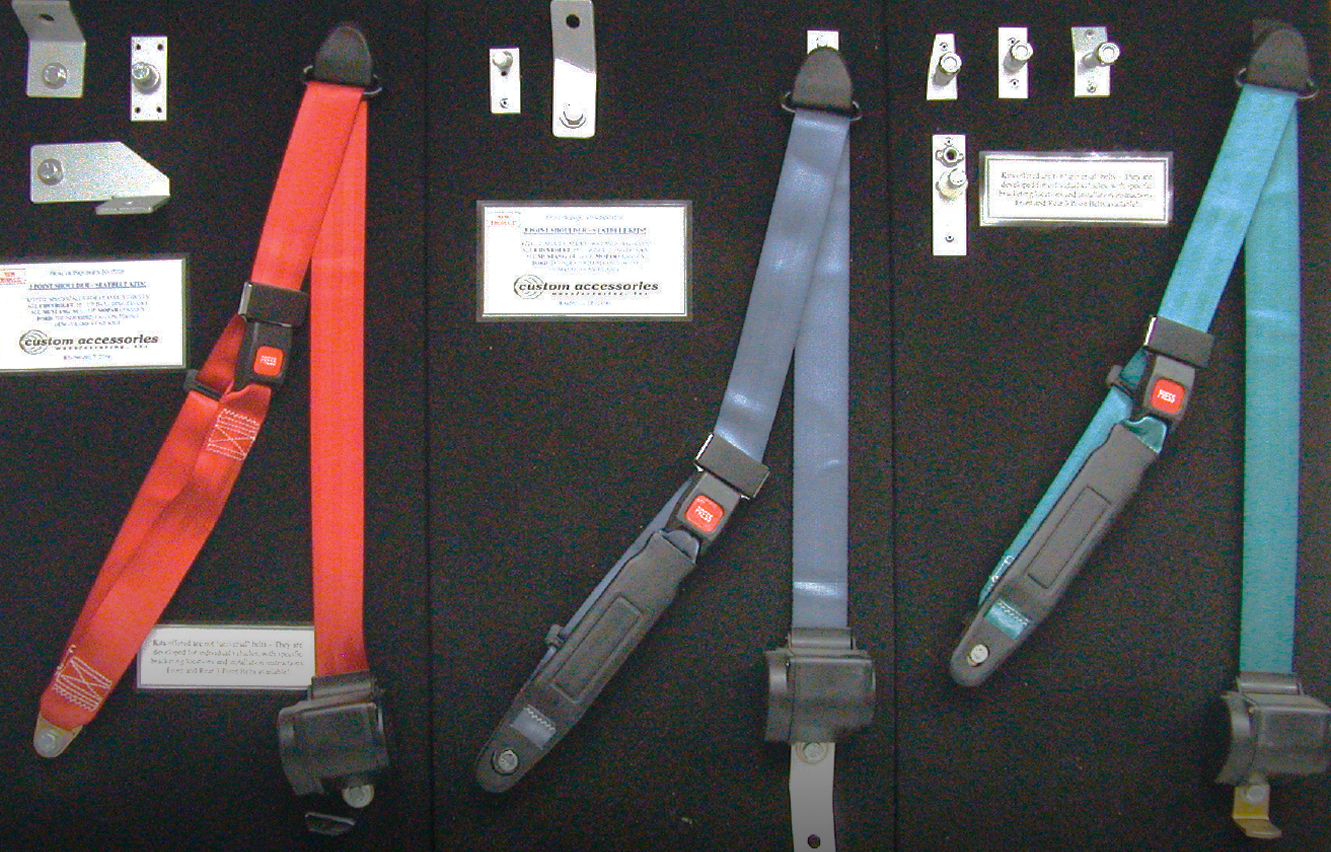
This is the problem in a nutshell: When we are traveling in an automobile, it may seem that we personally are not moving, only the car is. But that is not the case. If the vehicle that we are traveling in happens to stop suddenly, we won’t, unless … there is something there to stop us. That something could be a seatbelt—or it could be something less desirable.
The cold hard fact is that injuries can be suffered during an auto accident. Injuries such as those sustained by the face and head as a result of being thrown into the windshield or dash. Or it could mean those nasty abdominal injuries due to contact with the steering wheel. Either way, it doesn’t sound like much fun. They can also be prevented.
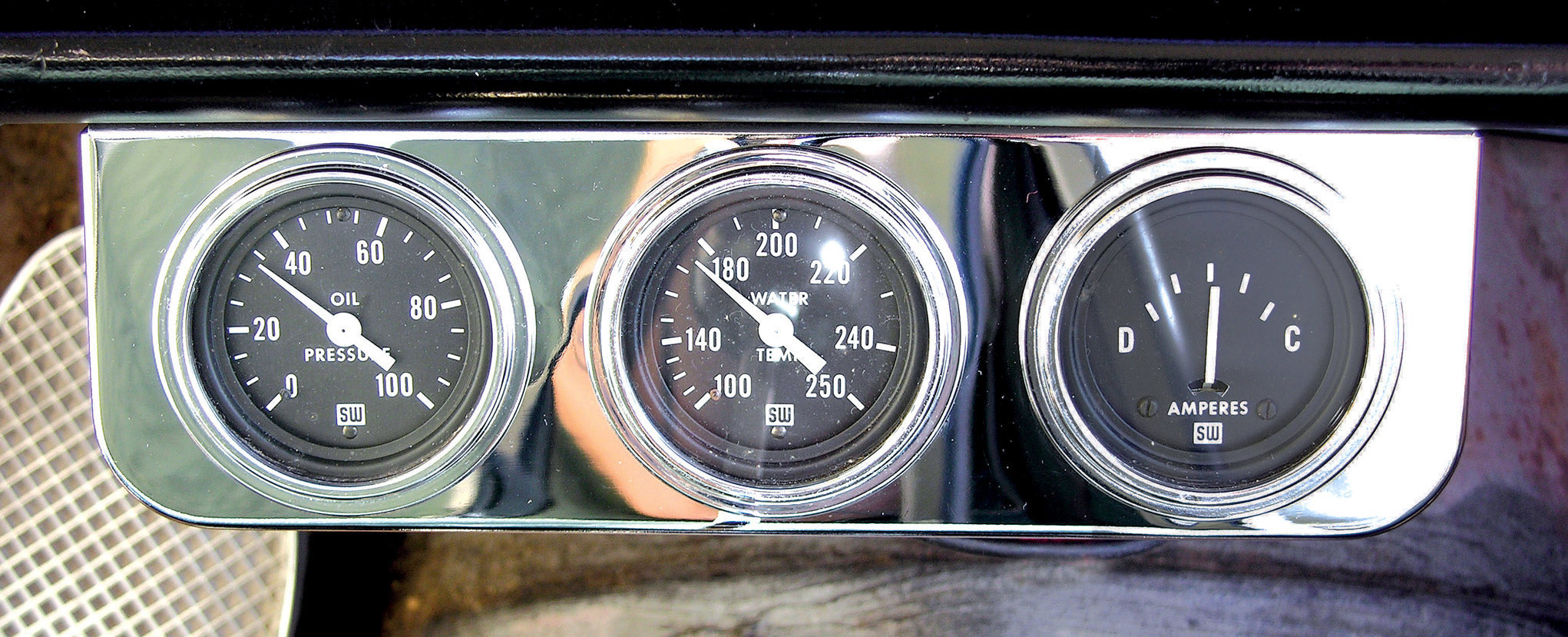
All of your hard work and efforts could go up in smoke before you have a chance to do anything about it. That is, unless you have a quality set of gauges to monitor initial and ongoing engine parameters. Gauges allow you to know exactly what is going on within your engine at a glance. Is the oil pressure too low? Is the engine running hot? Is the battery charging?
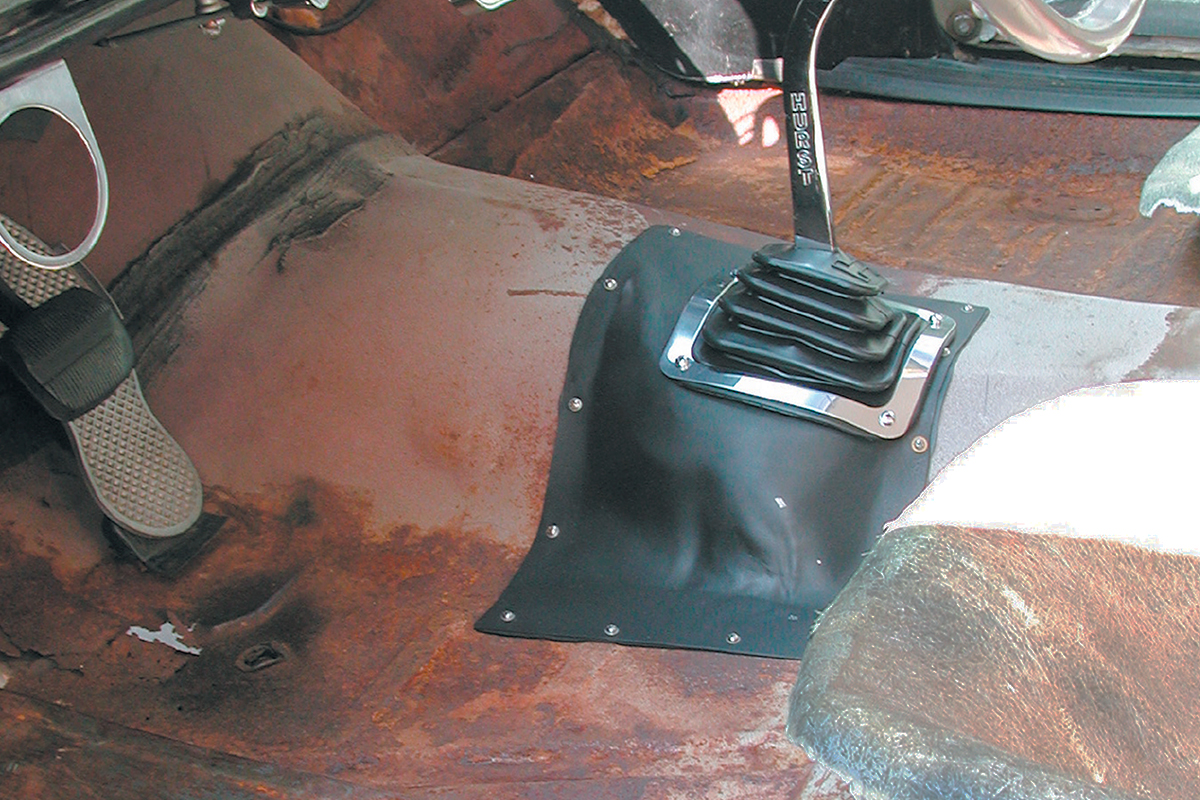
There are several ways to install floor pans. Some methods are better than others are, especially if the vehicle is considered rare and valuable. Then its repair requires the best possible methods. If the wrong shop installs the floor pan in the wrong manner, it can really hurt the value of your Chevy—particularly if it’s, say, a ZL-1 Camaro. Therefore, if the floor pan has to be redone, do it the right way.





